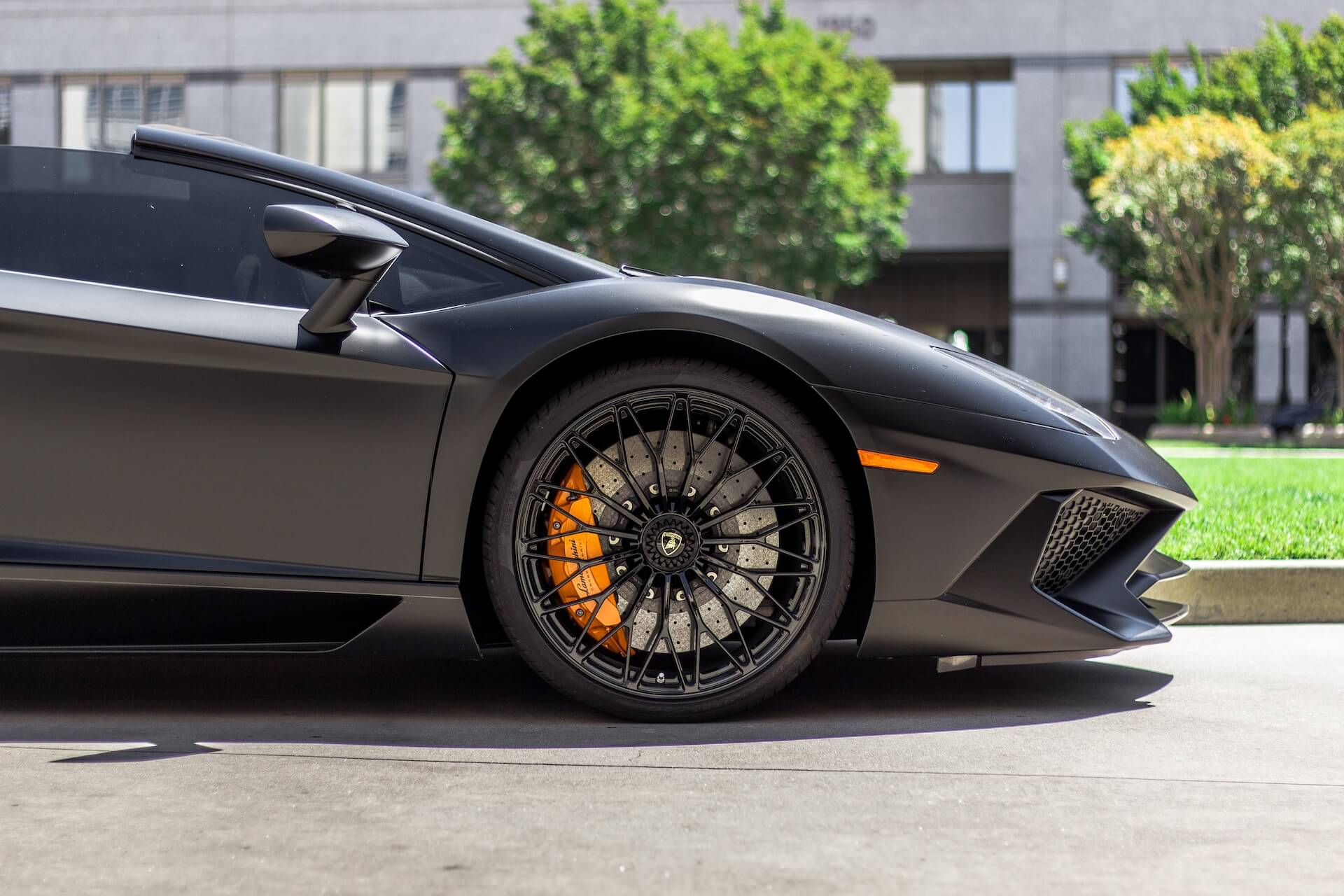Is the Future of Super Cars Electric?
Nov 15, 2019

As an Amazon Associate, Modded gets commissions for purchases made through links in this post.
Tesla is the front-runner in the electric car market, making the technology affordable and viable. Yet it seems everyone is trying to get a piece of the pie.
Most manufacturers have one electric car available. Others are planning to release one in the next couple of years. These vehicles target general consumers, offering electric daily drivers that lower fuel bills and shrink carbon footprints.
What does the push toward electric mean for supercars? Will the next generation be electric?
Super Cars Are Going Electric
Tesla is known for their fast and sexy electric vehicles. They even launched one into space. However, they’re not the only players fashioning electric supercars — luxury brands are jumping into the game. Mercedes-Benz, Bugatti, Lamborghini and Rolls Royce are all starting to offer electric models.
Lotus, the company that created the chassis for the Tesla Roadster, unveiled plans this past July for a new electric sports car — The Lotus Evija. They only plan to manufacture 130 in 2020. The new models will focus on practicality and affordability, designed to carry batteries, electric motors and gasoline powertrains. Each new model will also offer an all-electric version.
Lamborghini will replace the Huracan with a plug-in hybrid for the 2022 model year. They also teamed up with MIT to design the Lamborghini Terzo Millenio, a vehicle with a self-healing infrastructure. Using supercapacitors, a charge moves through the body of the car. If a small crack develops — such as from a collision or kicked-up debris — the charge kickstarts a self-repairing process. Any chips, dents or cracks in the body can heal themselves to look new.
Porsche, BMW and Aston Martin will also have electric models available. With everyone jumping on the electric bandwagon, what are the electric supercar pros and cons?
Pros and Cons of Electric Supercars
The push toward electric comes with positive and negative aspects. One advantage is the serious power these high-performance electric cars posses. The Lotus Evija supposedly generates 1,972 horsepower thanks to four motors working in tandem.
It’s not uncommon to see horsepower in the thousands with supercars, but even the most powerful top out around 1,600. When you compare electric vs. traditional sports cars, there’s no competition.
Electric cars reduce your carbon footprint. Lack of burning fossil fuels equals no emissions, which is better for the environment. Electric vehicles, super or otherwise, also have fewer moving parts. For drivers, this means fewer opportunities to break down.
On the negative side, you must contend with the cost. Supercars are expensive. When you add an electric drive train to the mix, you might face sticker shock. A 1,600 horsepower Bugatti Centodieci will set you back $8.9 billion before taxes. Most models are limited runs, too, with the manufacturer producing a small amount to drive up prices. For example, Bugatti will only produce 10 Centodiecis.
Electric cars are also heavier than traditional vehicles due to the weight of the battery packs. Handling improves, as the center of gravity is lower to the ground. However, the battery’s location puts it at risk, as one Tesla driver discovered when trying to take his electric SUV ice fishing.
The driver claims he hit a rock on his way to the lake and began to smell something strange. Later, he heard funny noises. Around 8 p.m., he made it onto the frozen lake, where is Model X promptly caught fire.
Electric is Making Waves
Despite the few drawbacks, electric supercars are making waves. Recently, the Nio EP9 set a lap record for electric vehicles on the Nordschleife circuit in Nürburgring, Germany. The car completed the 13-mile loop in 6 minutes and 45.9 seconds.
This time isn’t faster than the current record holder for traditional sports cars. That honor belongs to the Porsche 919 Hybrid Evo, which broke the 1983 record with a lap time of 5 minutes and 19.55 seconds. Still, it’s below the 7-minute lap average by a fair margin.
Electric vehicles are showing up everywhere. Are we witnessing the end of the gasoline supercar era?
The Future of Supercars
Can a supercar be all-electric? Before Tesla became a household name, the answer would be a resounding no. Yet advances in electric technology are changing perspectives. Today, fully-electric supercars can compete with or outperform gasoline-powered counterparts. Instead of relying on a single central engine, they use multiple motors working in tandem to generate massive amounts of horsepower.
Electric cars may face a disadvantage in endurance races, like the 24 Hour of Le Mans. In the future, will engineers create a quick-change battery pack pit crews can swap out?
The Future of Super Cars
Is this the beginning of the end for gasoline-powered supercars? It’s unlikely. Most manufacturers want to offer electric options to compete with traditional models. However, these options won’t replace the conventional sports car — not yet.
If we make a move to eliminate fossil fuels from use, we will see more fully-electric supercars. At the moment, they’re more like novelties designed to get collector and consumer interest.





